Mass spectrometry
Introduction
Mass spectrometry (MS) is an analytical technique that measures the mass-to-charge ratio of ions. It is used for determining masses of particles, for determining the elemental composition of a sample or molecule, and for elucidating the chemical structure of molecules, such as peptides and other chemical compoundssource. The technique has both qualitative and quantitative uses. These include identifying unknown compounds, determining the isotopic composition of elements in a molecule, and determining the structure of a compound by observing its fragmentationsource.
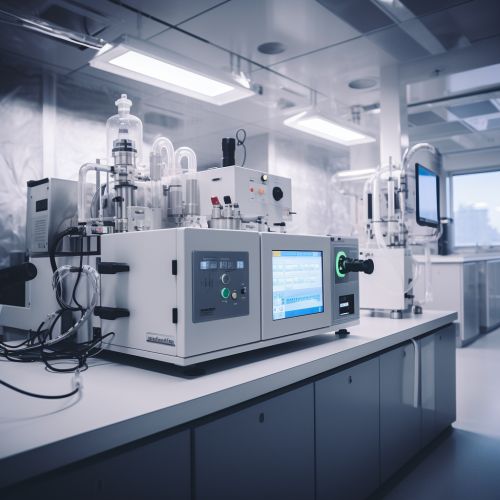

History
The development of mass spectrometry started in the late 19th century with the work of J.J. Thomson and his students, who invented the first mass spectrometer in 1912source. This early device, known as a parabola spectrograph, was used to measure the masses of ions. The field of mass spectrometry has since evolved significantly, with advancements in technology leading to a variety of new techniques and applications.
Principles
Mass spectrometry works by ionizing chemical compounds to generate charged molecules or molecule fragments and measuring their mass-to-charge ratios. This is done in a vacuum, as air would impede the ions' paths. The basic components of a mass spectrometer are the ion source, the mass analyzer, and the detector. The ions are generated in the ion source, sorted according to their mass-to-charge ratio in the mass analyzer, and detected in the detector. The data are then processed to provide a mass spectrumsource.

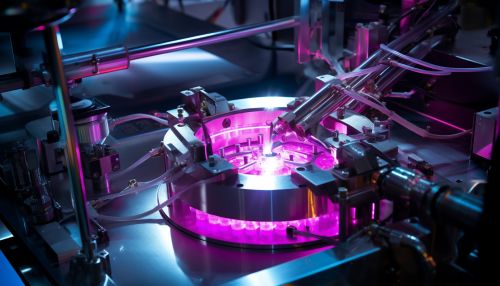
Techniques
There are many different techniques in mass spectrometry, each with its own strengths and weaknesses. Some of the most common techniques include:
Gas Chromatography-Mass Spectrometry (GC-MS)
In GC-MS, the sample is vaporized and then ionized. The ions are then separated based on their mass-to-charge ratio and detected. This technique is widely used in drug detection, fire investigation, environmental analysis, and explosives investigationsource.
Liquid Chromatography-Mass Spectrometry (LC-MS)
LC-MS is similar to GC-MS, but it is used for samples that are not volatile or are thermally unstable. It is widely used in pharmaceutical, environmental, and forensic analysissource.

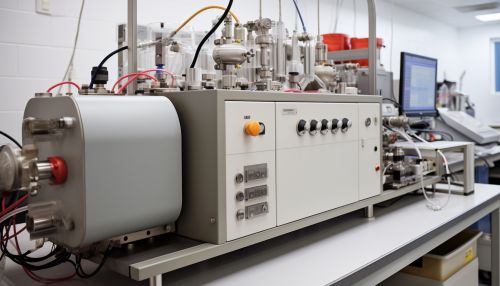
Tandem Mass Spectrometry (MS/MS)
In MS/MS, ions are selected based on their mass-to-charge ratio, fragmented, and then the fragments are analyzed. This technique is used for structure elucidation, quantitation of peptides and proteins, and metabolite identificationsource.
Time-of-Flight (TOF)
TOF measures the time it takes for ions to travel a certain distance. It is used for large molecules like proteins and polymerssource.
Fourier Transform Ion Cyclotron Resonance (FTICR)
FTICR measures the cyclotron frequency of ions in a magnetic field. It has the highest resolution and mass accuracy of any mass spectrometry techniquesource.
Applications
Mass spectrometry has a wide range of applications in various fields. These include:
Chemistry
In chemistry, mass spectrometry is used for identifying unknown compounds, determining the isotopic composition of elements in a molecule, and determining the structure of a compound by observing its fragmentationsource.
Biochemistry
In biochemistry, mass spectrometry is used for identifying and quantifying proteins in complex mixtures, studying protein structure and function, and identifying post-translational modificationssource.
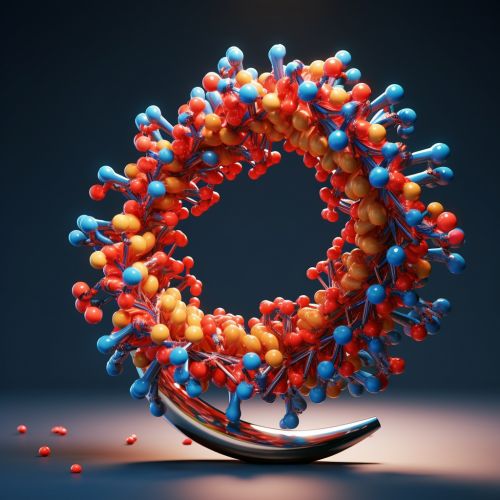
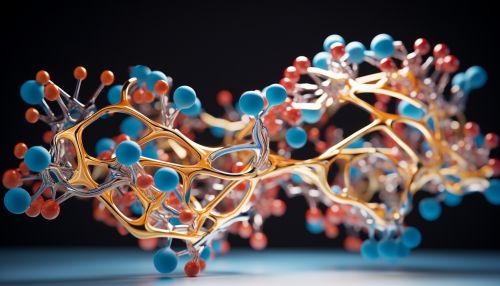
Pharmacology
In pharmacology, mass spectrometry is used for drug discovery and development, metabolite profiling, and therapeutic drug monitoringsource.
Environmental Science
In environmental science, mass spectrometry is used for detecting pollutants and studying atmospheric chemistrysource.
Forensic Science
In forensic science, mass spectrometry is used for drug detection, fire investigation, and explosives investigationsource.
See Also
- Gas Chromatography
- Liquid Chromatography
- Tandem Mass Spectrometry
- Time-of-Flight
- Fourier Transform Ion Cyclotron Resonance
- Chemistry
- Biochemistry
- Pharmacology
- Environmental Science
- Forensic Science
References
https://www.ncbi.nlm.nih.gov/pmc/articles/PMC2556599/ https://www.sciencedirect.com/science/article/pii/S0021967319308130 https://www.nobelprize.org/prizes/physics/1906/thomson/facts/ https://www.chemguide.co.uk/analysis/masspec/howitworks.html https://www.sciencedirect.com/science/article/pii/S0021967319308130 https://www.sciencedirect.com/science/article/pii/S0021967319308130 https://www.sciencedirect.com/science/article/pii/S0021967319308130 https://www.sciencedirect.com/science/article/pii/S0021967319308130 https://www.sciencedirect.com/science/article/pii/S0021967319308130 https://www.sciencedirect.com/science/article/pii/S0021967319308130 https://www.sciencedirect.com/science/article/pii/S0021967319308130 https://www.sciencedirect.com/science/article/pii/S0021967319308130 https://www.sciencedirect.com/science/article/pii/S0021967319308130 https://www.sciencedirect.com/science/article/pii/S0021967319308130
